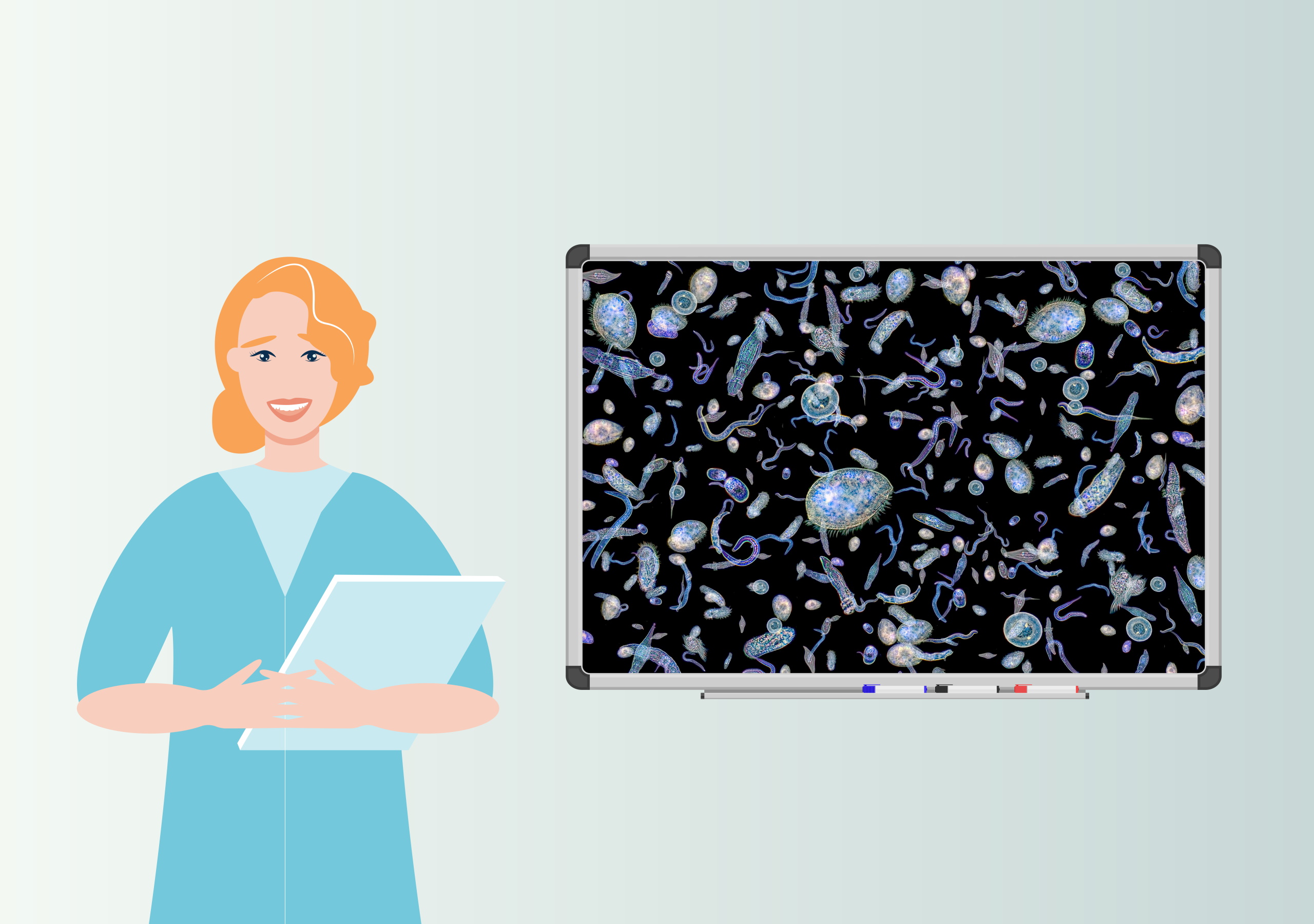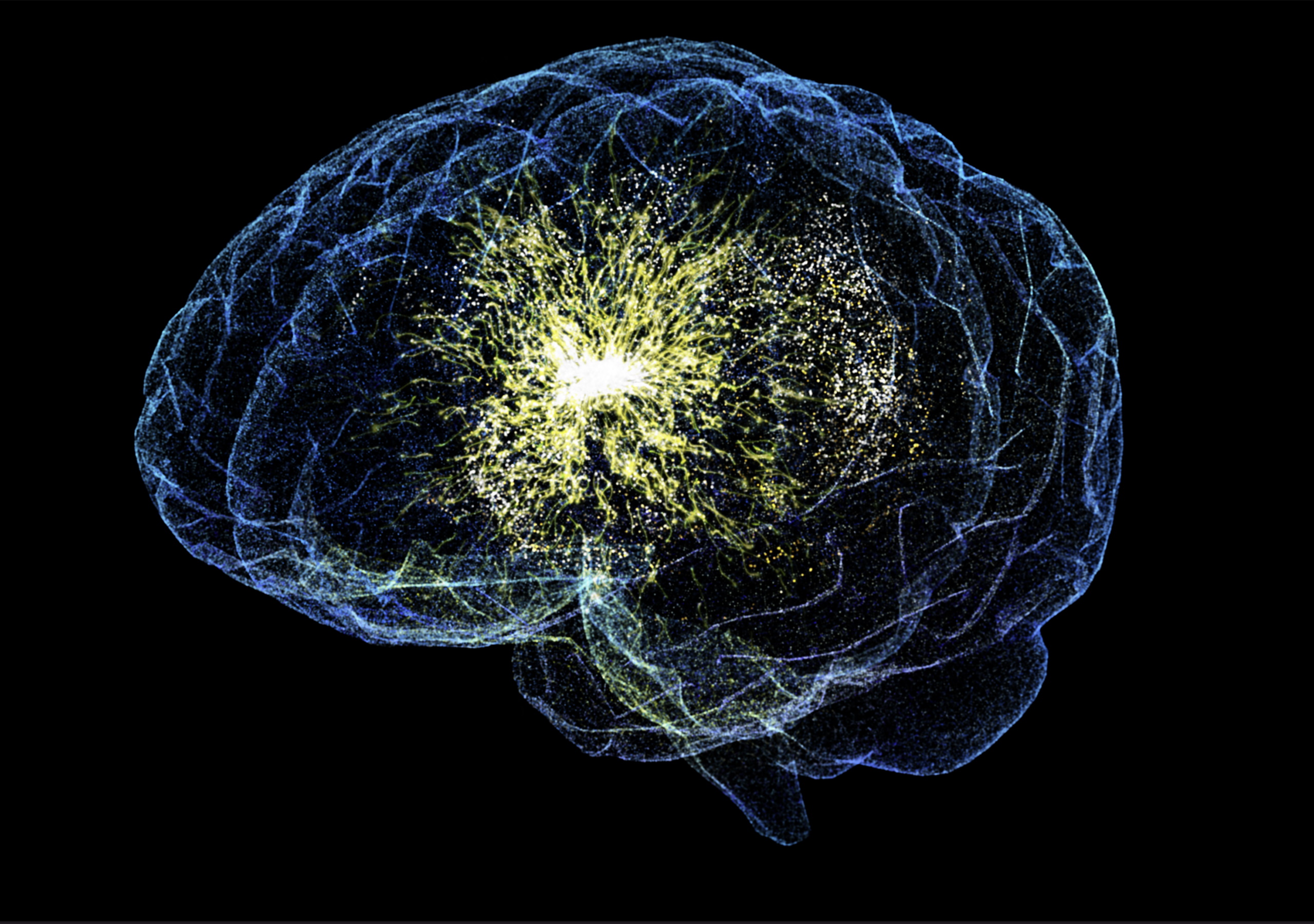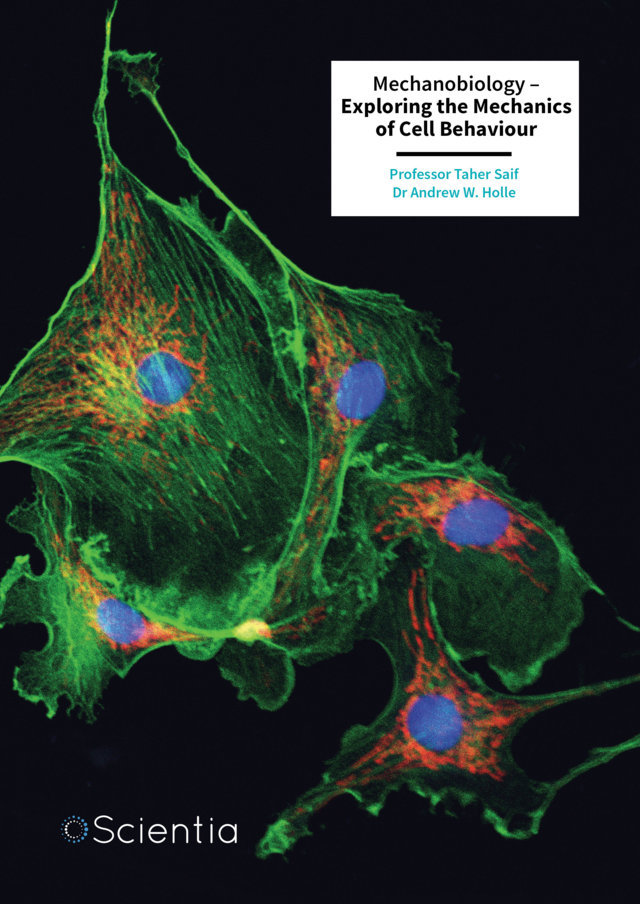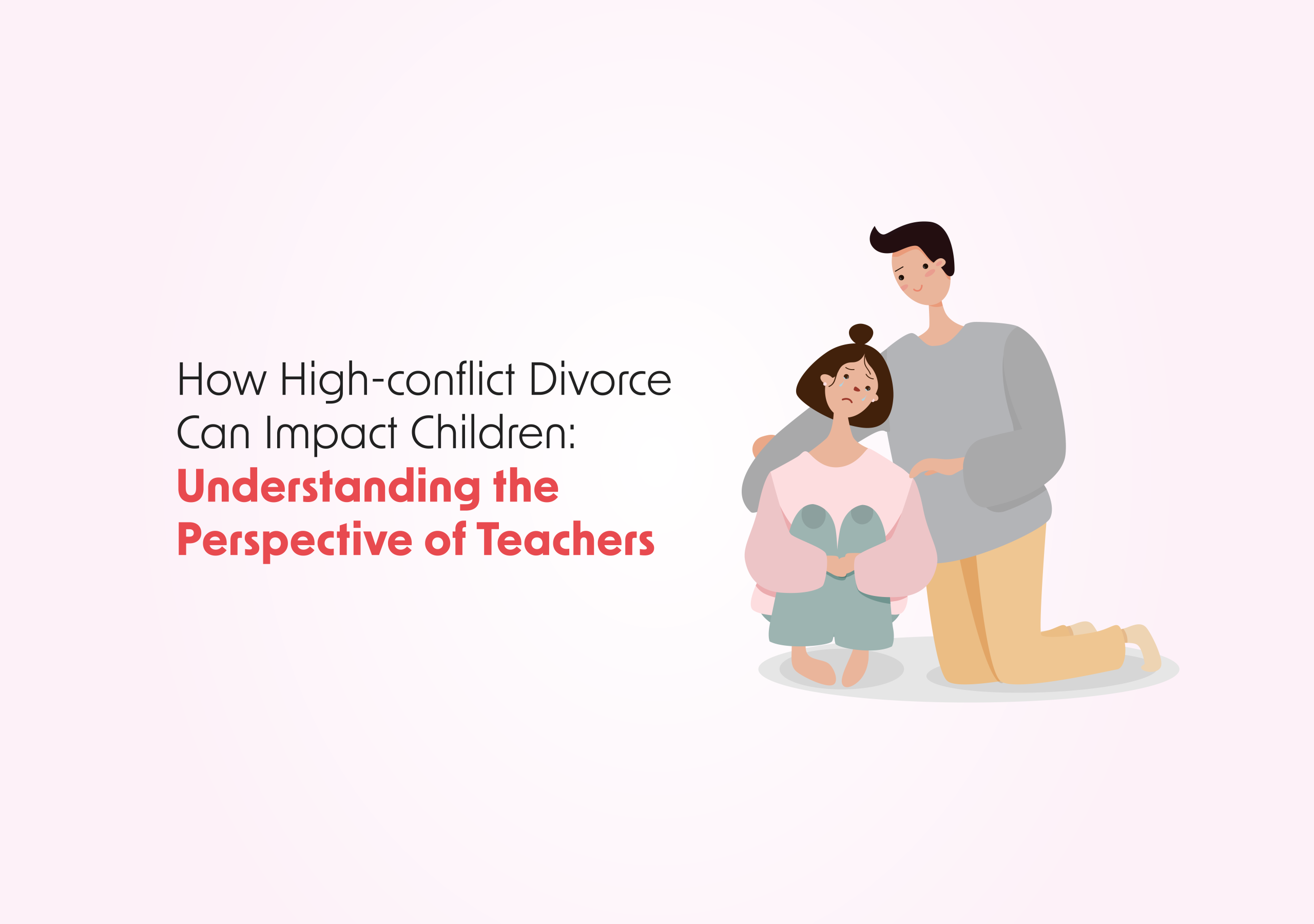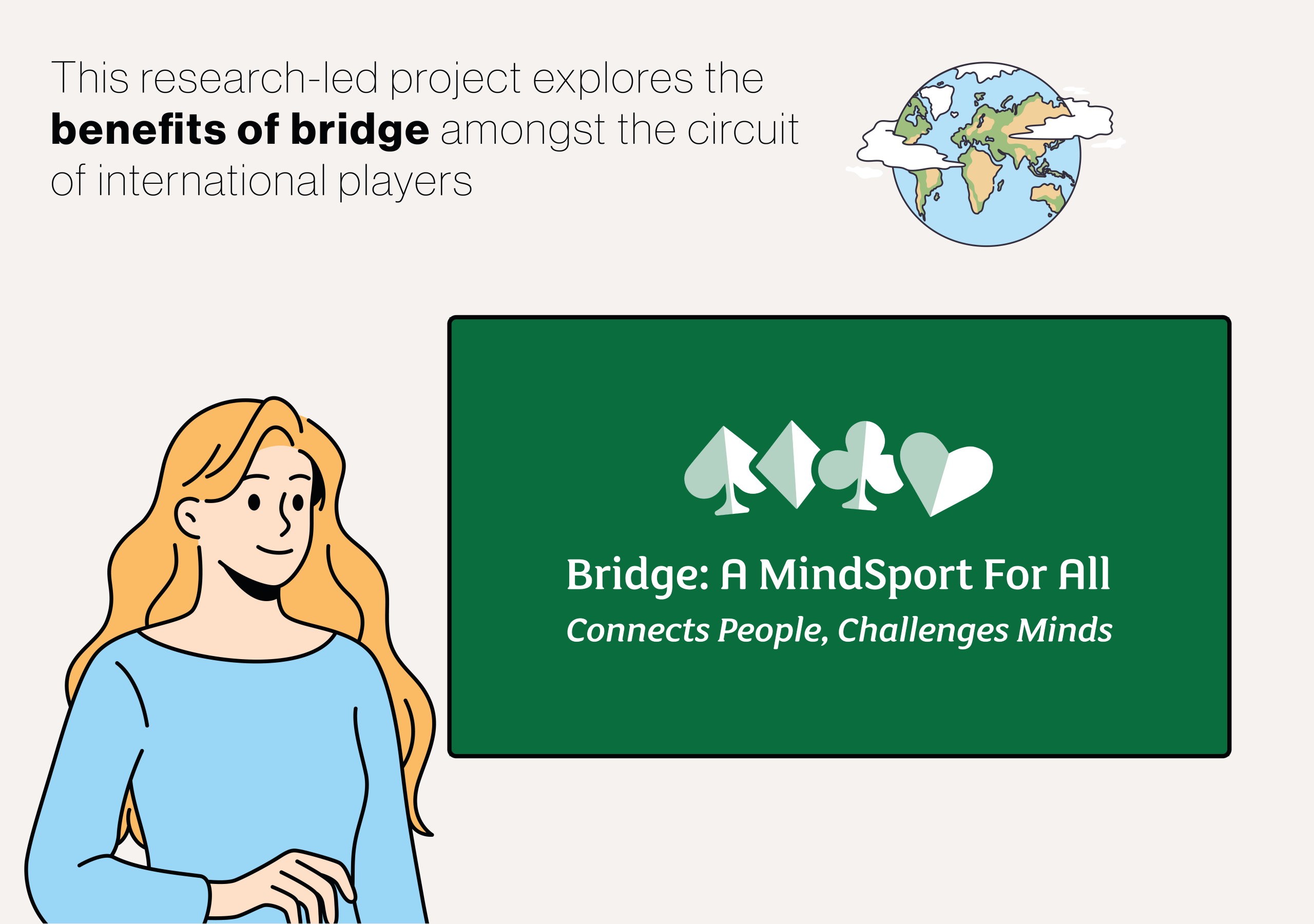In 18th century Britain, the old tradition of deep bowing and curtseying as a form of greeting slowly evolved into a brief touch of the cap or head (for men), or quick bob of the body (for women). Simultaneously, a new form of urban greeting was emerging: the handshake. How and why did the handshake gain such popularity, becoming our most standard greeting today? This phenomenon is explored in a new essay published in the journal Urban History and authored by Professor Penelope Corfield of London University. More
Human hands are nimble and can be used in many different ways in many different settings. Regularly, they convey important messages. Taking the hand of another in marriage is a pledge of union. ‘Laying on hands’ ceremonially confers a blessing. A hand on heart is a token of truthfulness. Our hands are vital in everyday communication.
In a handshake greeting, an individual approaches another, holds their gaze, extends their right arm, clamps the other’s hand, and the two pump their clasped hands up and down together, usually two or three times.
This is a distinctive ritual that retains a specific role, requiring physical touch without being overly intrusive. Thus, handshaking offers a de facto compromise between salutations that entail close bodily contact and those that avoid any. It can be used with both friends and strangers’ un-self-consciously.
But greetings are not set in stone; they respond to wider social changes. The period from 1700 to 1850 saw the rise of the handshake in urban Britain. So, what was happening in the country at the time that led to the spread of the handshake? In her recent work, Penelope Corfield explores the history of the handshake.
The history of everyday, routine activities, such as greetings, is tricky to unpick. There are no large, central archives that collect material on these fleeting matters, and scraps of evidence must be collated to form a larger picture. However, despite their incomplete historical record, such everyday behaviours have fascinating and important consequences.
Since primordial times, across cultures and eras, humans have clasped each others’ hands. Pledges symbolised by touching of hands can be seen in art from Assyria, ancient Greece and ancient Rome. These gestures were also used long before the eighteenth century as a signal of peace and amity between people previously involved in conflict.
Therefore, the handshake did not appear out of the blue. Nevertheless, it underwent a fairly rapid transformation to become much more commonly used. In the 17th century shaking hands was not a fashionable greeting. However, in the 18th century, the status of Britain as a hub of commercial, financial, colonial and industrial power was changing. This meant that the country was also urbanising, and more and more people were living in cities.
Gradually, as Britain urbanised, the traditional style of deep bowing and curtseying, in accordance with social status, was increasingly reserved for formal occasions. In rural areas, it was still possible to make a speedy assessment of social rankings and hierarchies, but this was much more difficult in the bustling urban world. Particularly among the expanding urban middle class, there was a significant overlap in social status. It was at this time that the hitherto obscure handshake began to emerge from the shadows.
During this time, people of most social classes became accustomed to an unofficial process of social negotiation, in which they were required to work out which greeting to choose and expect each time they met a stranger. Within this urbanising world, men were the first to adopt the affable handshake.
The handshake did not, of course, abolish social hierarchy. But it did signal that two people were meeting as amicable fellow members of one, larger community. The traditional hierarchies that had once determined greetings gave way to an urbanising and increasingly internationalising world, which was relatively more open and much less formal.
By the early 19th century, daily use of the handshake was spreading among middle- and upper-class society, including women. Two specific networks helped to bolster this spread.
The first was networks of merchants, who extended across Europe’s urban and commercial regions. They routinely shook hands to confirm a deal, a form of a public pledge which, if broken, would damage their reputation. Using this signal, merchants across the continent were making agreements across potential barriers of class, religious affiliation, and national boundaries. These traders were not necessarily equal in wealth and status but they participated equally when making commercial deals. On that basis, merchants and traders began also to use the handshake as a friendly daily salutation.
According to Penelope Corfield, the second network that helped to give high visibility to the custom of handshaking in Britain was the Society of Friends, who were commonly known as Quakers. Emerging in Britain in 1656, they were always a relatively small minority group of radical Protestants. However, in the later seventeenth and early eighteenth centuries, their numbers were growing fast. Quakers were conscious egalitarians, dressing plainly to avoid all outward show of rank and status. Accordingly, the Quakers utterly declined to bow or to curtsey to their social ‘betters’. Instead, all Quakers – men and women alike – shook hands in their daily greetings and at the end of their weekly Meetings for worship.
Initially, such behaviour caused shock and outrage. But, as Quaker groups gained more members, people became increasingly familiar with their egalitarian practices. Over time, numerous Quaker business leaders and bankers made good financially, adding to the economic clout of the sect. Collectively, they retained the principle of handshaking and spread it to wider British society.
Penelope Corfield stresses that, in the case of handshaking, change did not come from the top. It was not an elite, royal practice which trickled down to the masses, but was spread both upwards and downwards by middle class society. It was not used by everyone. Some had religious or personal objections. But it was becoming an increasingly well-known social option.
Over time, it took on a variety of meanings. One immediate practical point was that touching hands with a mix of friends and strangers signified a trust in general standards of physical cleanliness. It also demonstrated that each party believed the other would not brandish a weapon or physically harm them. Therefore, the handshake carried a strong message of mutual trust. It also gained political meanings. For Britain’s growing number of trade unionists, it symbolised solidarity, whereas in post-colonial America, it became a symbol of support for republican independence.
It is clear that by 1850, handshaking had become significantly established in Britain, though not yet universally. The custom of shaking hands spread gradually and partially, with variations among different social groups and regions. What’s more, as Britons traded, colonised, fought and explored abroad, they took the custom of handshaking with them.
No forms of salutation are immune to change. Humans remain inventive and adaptive. Yet the egalitarian handshake – as a compromise between a close hug and a distant bow – is likely to retain its cross-cultural utility – not just in Britain but also internationally.



